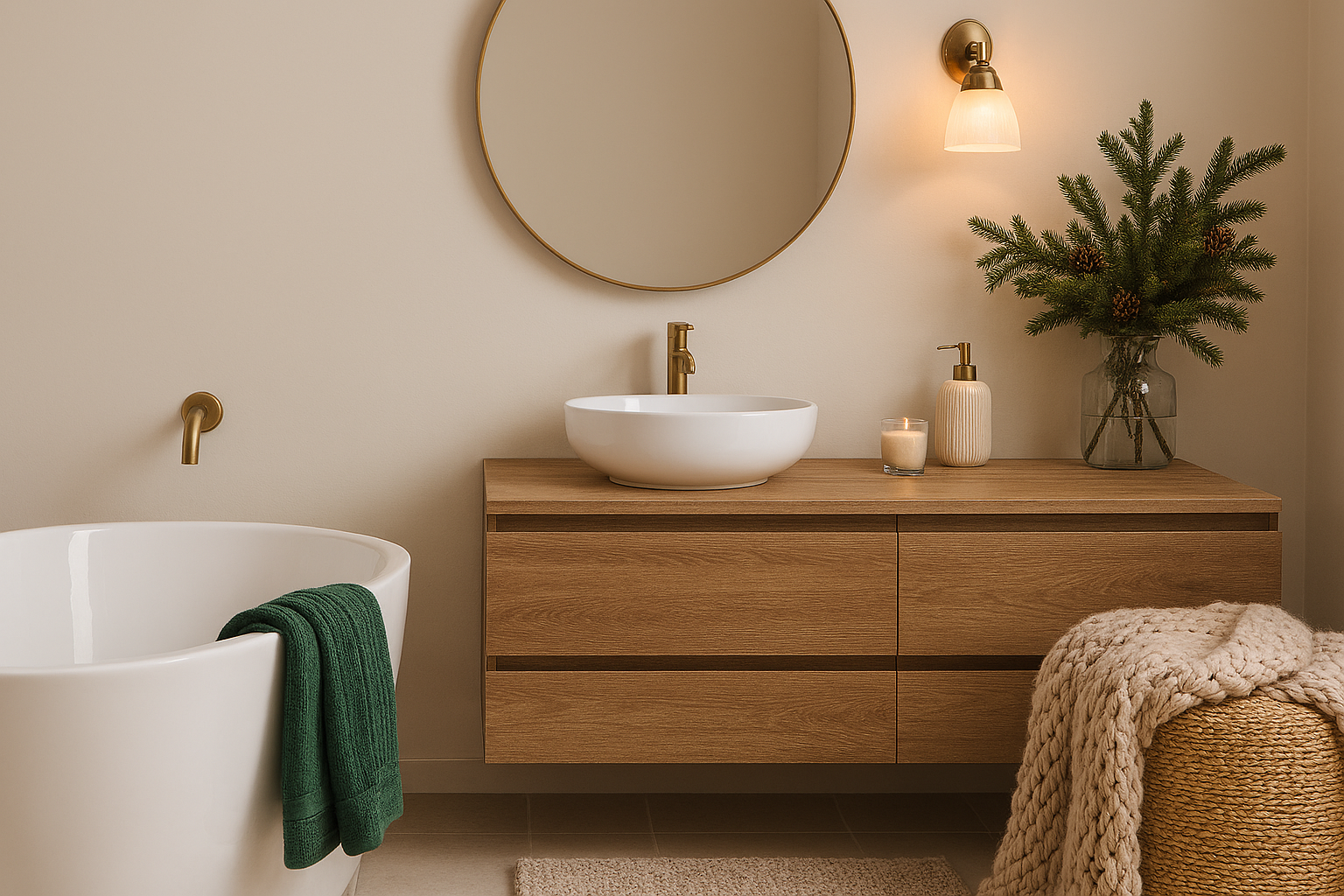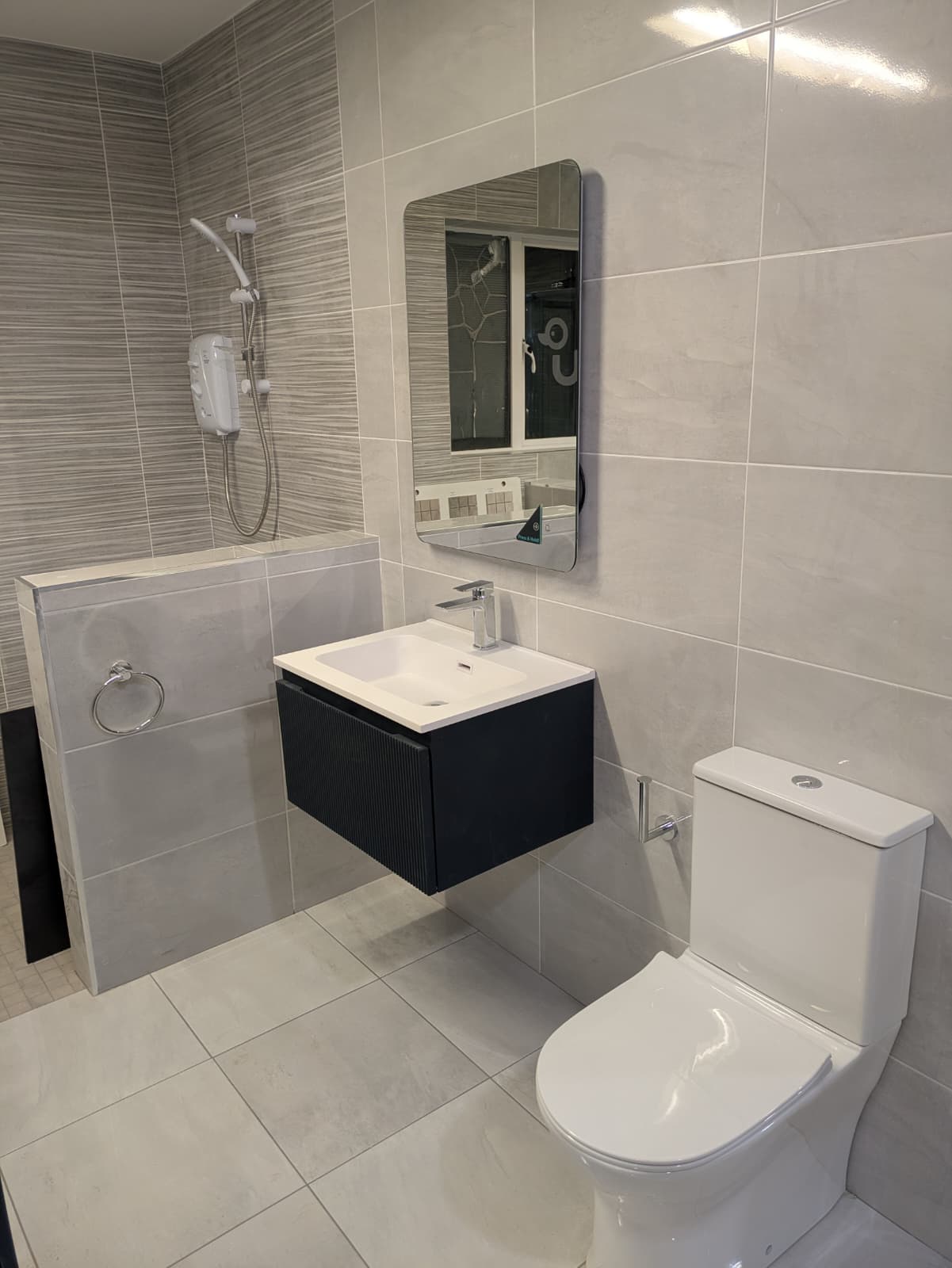
How to measure the square meterage of a room
Want to begin your house renovation today? Let's get started today by learning how to measure the square meter of a room. This skill can be used to help you measure the tiles for your bathroom, wallpaper for your sitting room or a splashback for your kitchen. Measuring the square meterage of a room is an essential step in determining how much of something you'll need to cover the floor or walls. Having the skill of measuring the square meterage of a room is a versatile skill that will help you through any house renovation task. To successfully measure the square meterage of a room, follow these steps:
Use a tape measure to measure the length and width of the room in meters (make sure to measure at the widest points).
Top tip: if your room has more than four corners in your room, break the room up into different sections. Then add the two totals at the end for the full room room square meterage.
Once you have the length and width measurements, multiply them together to get the total square meterage. For example, if the length of the room is 2 meters and the width is 3 meters, the total square meterage is 6 square meters (2 x 3 = 6).
If there are any areas of the room that you don't want to account for, subtract the square meterage of those areas from the total square meterage. For example, if there's a built-in cabinet that takes up 1 square meter, subtract 1 square meter from the total square meterage.
It's always a good idea to purchase extra to account for waste during installation. The amount of extra needed for tiles will depend on the tile size and layout, but a good rule of thumb is to add 10% to 15% to the total square meterage.
By following these steps, you'll be able to accurately measure the square meterage of a any room and determine how much of a material you may need.

Dec 18, 2025
Winter is here, and it’s the perfect time to make your bathroom feel cozy and inviting.

Dec 11, 2025
Dreaming of a beautiful bathroom but worried about the cost? At Bathrooms4U Retail, we believe everyone deserves a space they love.


Nov 27, 2025
There is a lot to look forward to in 2026.


Nov 13, 2025
Bathrooms4U is celebrating a major milestone as the Cork showroom has been named “Home Service Expert Business of the Year 2025”